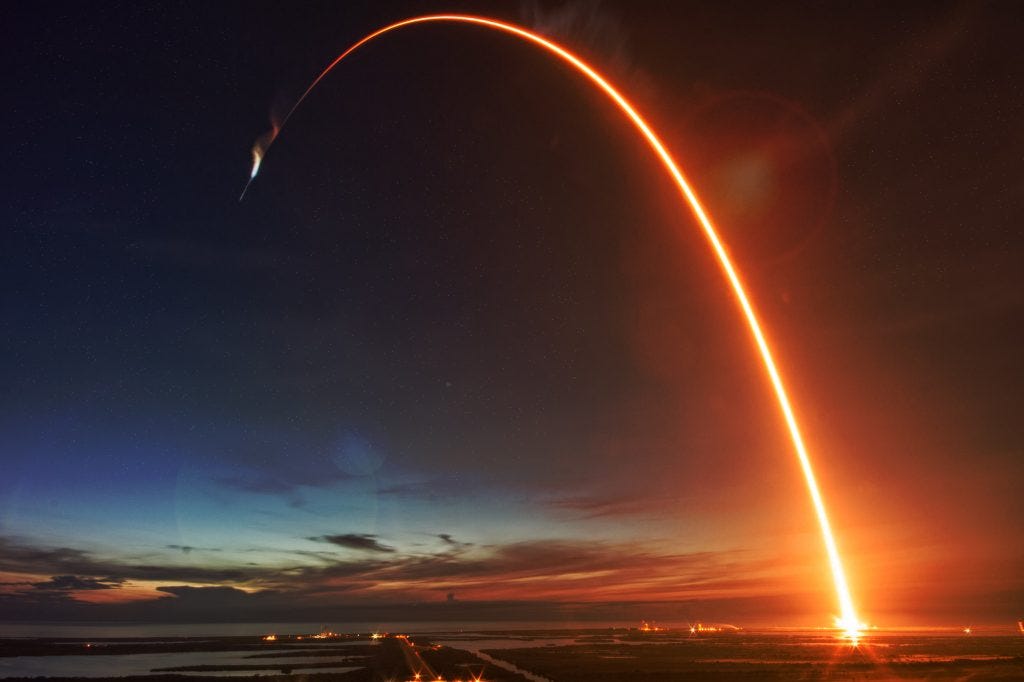This favourite Christmas carol is actually about nuclear war
Few people realize the song is also a call for peace
The famous magazine, the Bulletin of the Atomic Scientists (the one with the Doomsday clock on the cover) created an Internet stir this week, just days before the Christmas holidays.
It published an article with this provocative headline: “‘Do You Hear What I Hear’ was actually about the Cuban Missile Crisis.”
“We often take Christmas carols at face value,” writes author Reba A. Wissner. “But at least one holiday favorite, ‘Do You Hear What I Hear,’ contains more than what first meets the ear. Written during the height of the Cuban Missile Crisis, the song contains references to the fear of a nuclear attack.”
Wissner goes on to point out that many of the lines in the song can be interpreted in more than one way.
“A star, dancing in the night, with a tail as big as a kite” can be interpreted as the sight of a nuclear missile in flight.
“Said the night wind to the little lamb,” where the lamb is a symbol for peace.
“Silver and gold” is the human cost of war.
"Do You hear What I Hear," was written by husband and wife duo Noël Regney and Gloria Shayne. They were affected deeply by the U.S.-Russia standoff which nearly caused a nuclear war.
Regney had fought in his native France during World War II and seen the horrors of war firsthand. According to Wissner, the song’s message was so poignant that the pair had difficulty singing through it without crying.
In a 1985 interview, notes Wissner, Regney remarked: “I am amazed that people can think they know the song and not know it is a prayer for peace. But we are so bombarded by sound and our attention spans are so short that we now listen only to catchy beginnings.”
Since its 1962 release, there have been over 151 versions of the song released in multiple languages. Most recently, The Smashing Pumpkins’ Billy Corgan performed the song in a live coffee house show on December 19, 2021.
Perhaps the best-know version is by Bing Crosby, released one year after it was written, which sold over a million copies.
https://www.youtube.com/watch?v=XuE_DXrt2Js




